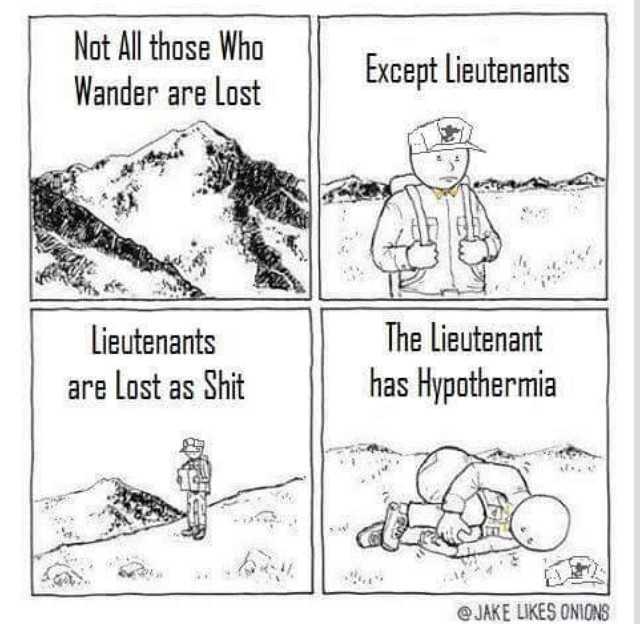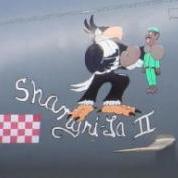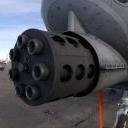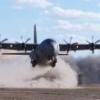One former UPT IP opinion: your post speaks more to the state of the UPT instructor corps than it does to challenge “why” the RSU pattern is a part of primary flight training. You are 100% correct, the RSU is the only way to support the number of sorties generated at a UPT base. What you should consider is that it also enables students to get much-needed reps which they might not get in a “real world” situation. If there’s one common theme from this thread, it’s that the syllabus is taking away too many reps already. Also, if we want to keep solos, you gotta keep the RSU pattern. The RSU will take way better care of that student than A1C Snuffy tower controller ever will. I think it’s interesting that you suggest pattern “intricacies” should be reserved for IP knowledge and not expected of students, but then go on to say that IPs can’t find the ground references anyway. If that’s where the IP cadre is at, easy to understand why the students are struggling. I agree that Stan shouldn’t hook a ride for it, but I would wager that the IP’s need some more CT. The IPs need to be good enough to communicate to Stan that while the RSU pattern isn’t “real,” it’s not about training them for real world pattern work, that is what phase III is for. The RSU pattern is simply about teaching them to fly an airplane. It forces you into a congested and SA-tasking environment, while making you look outside, understand your position with reference to the earth, clear for other aircraft, think critically, talk on the radio, maintain a cross check, understand and fly a contract, and, oh yeah...land the plane. That pattern will teach a dude way more than droning in the MOA ever will. Yes, you are sacrificing “reality” for some RSU rules, but that pattern is where the foundation is laid to make good pilots. If a dude can hack it in that pattern with 11 other planes , then you can build that student up to be a good product for phase III. Taking him single ship to the local civ field will not develop the skills that the RSU pattern will. Though, that has a time and a place too, the IP has to know when to use it. If all the IPs can muster to teach is, “this isn’t real and it’s a bunch of nonsense,” I would argue that you’re missing out on the real training objective, and a quality training opportunity. Sent from my iPhone using Baseops Network mobile app














